British Style: Naturalmat
Naturalmat has been making mattresses, toppers, beds, headboards, bed bases and bedding without glues, chemical fire retardants or synthetics since 1999 – we take a closer look
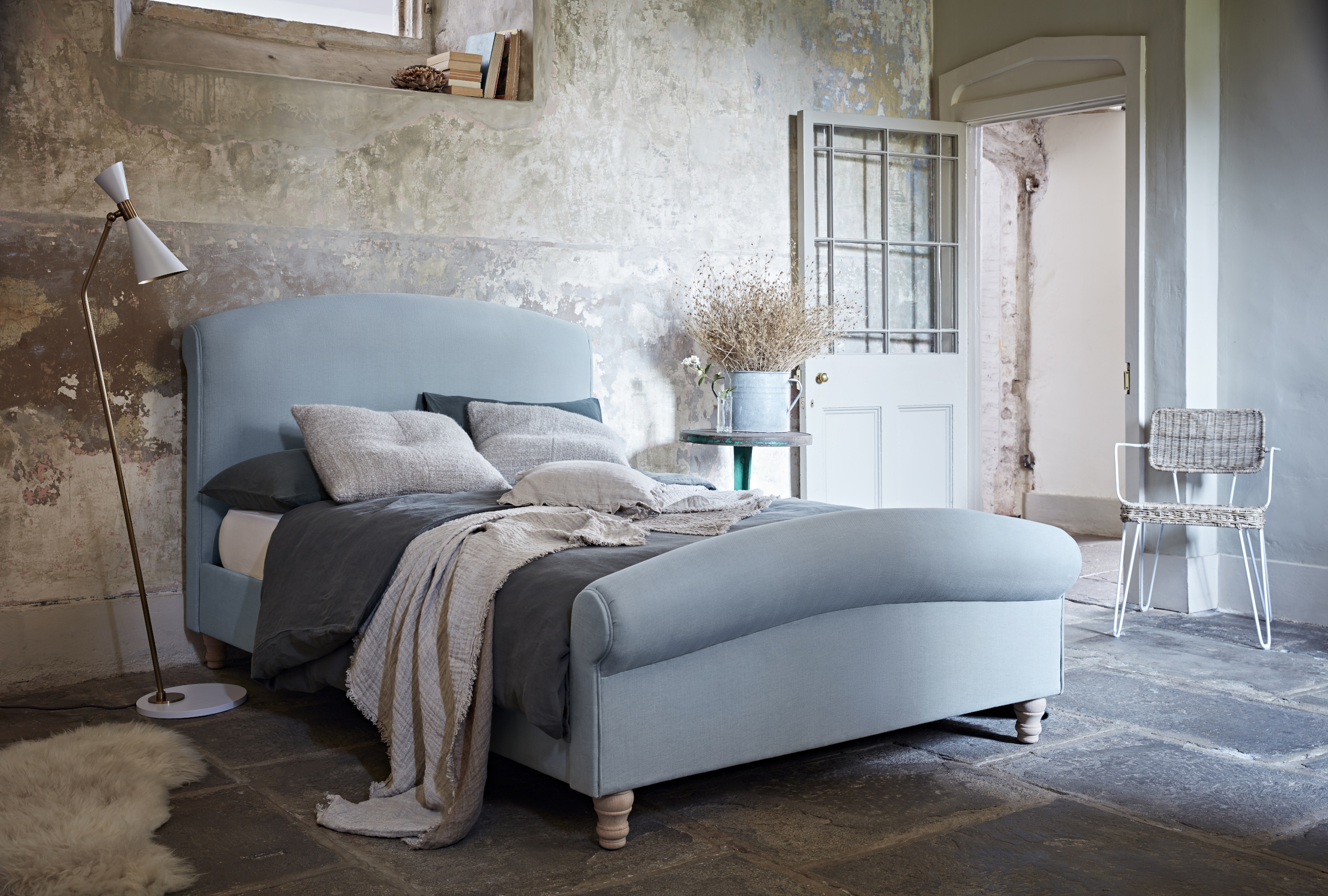

Naturalmat was founded by Mark Tremlett and his business partner Peter Tindall in 1999 after they spotted a gap in the market for comfortable mattresses made from organic, sustainable materials.
Ever interested in finding the best mattresses, we take a look at this Devon-based company's past – and present – innovations.
The beginning
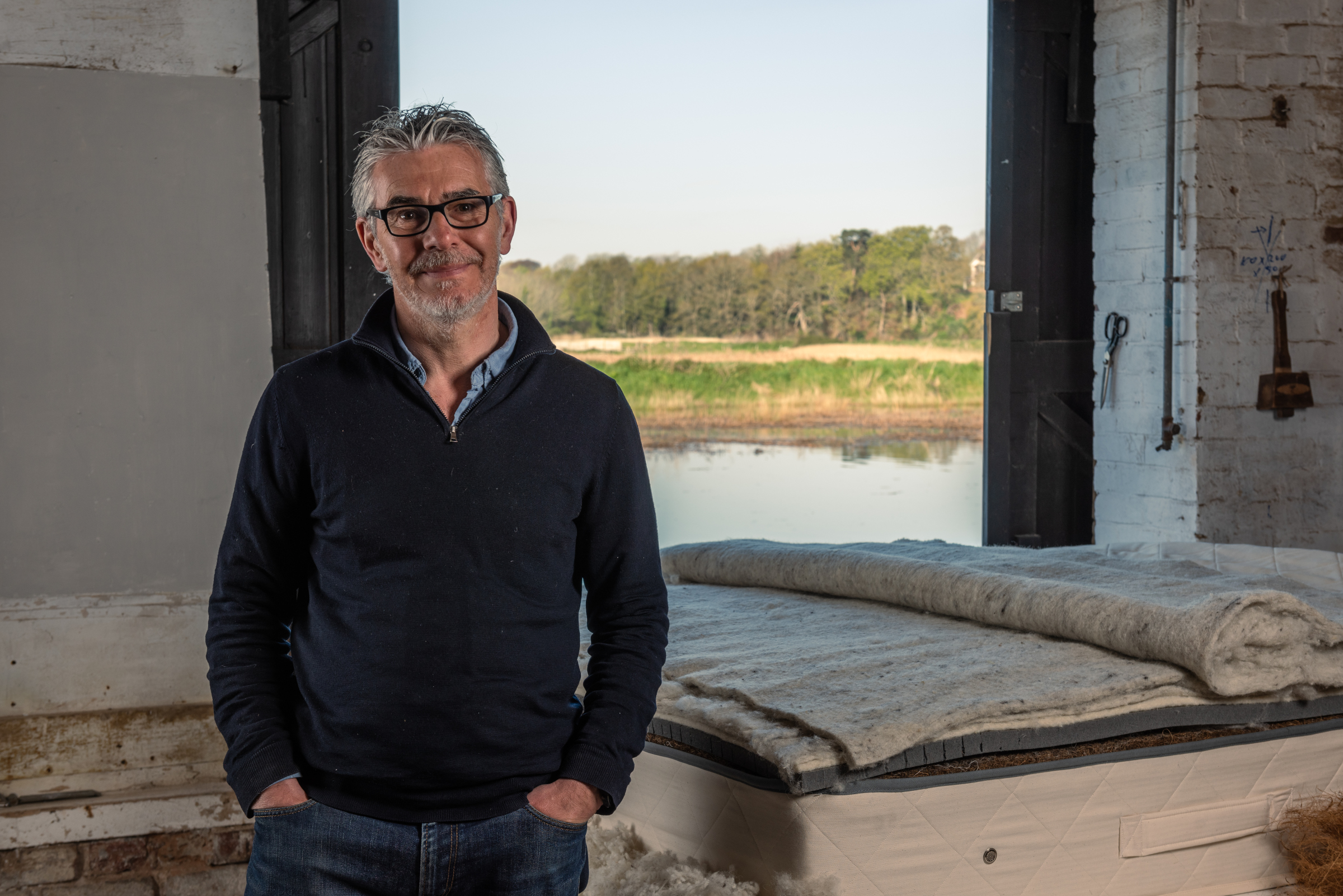
The son of a boat designer and builder, Mark (above) has long been a keen sailor but always struggled to understand the poor quality mattresses which were installed on yachts – they were £30 pieces of foam on boats worth many millions. It didn’t make sense.
Mark and Peter began with designing mattresses for yachts, putting together prototypes on Mark’s old table tennis table. The aim was to focus on breathable, natural fibers as an alternative to the synthetic materials typically used on boats that, while known for being warm, were also largely uncomfortable.
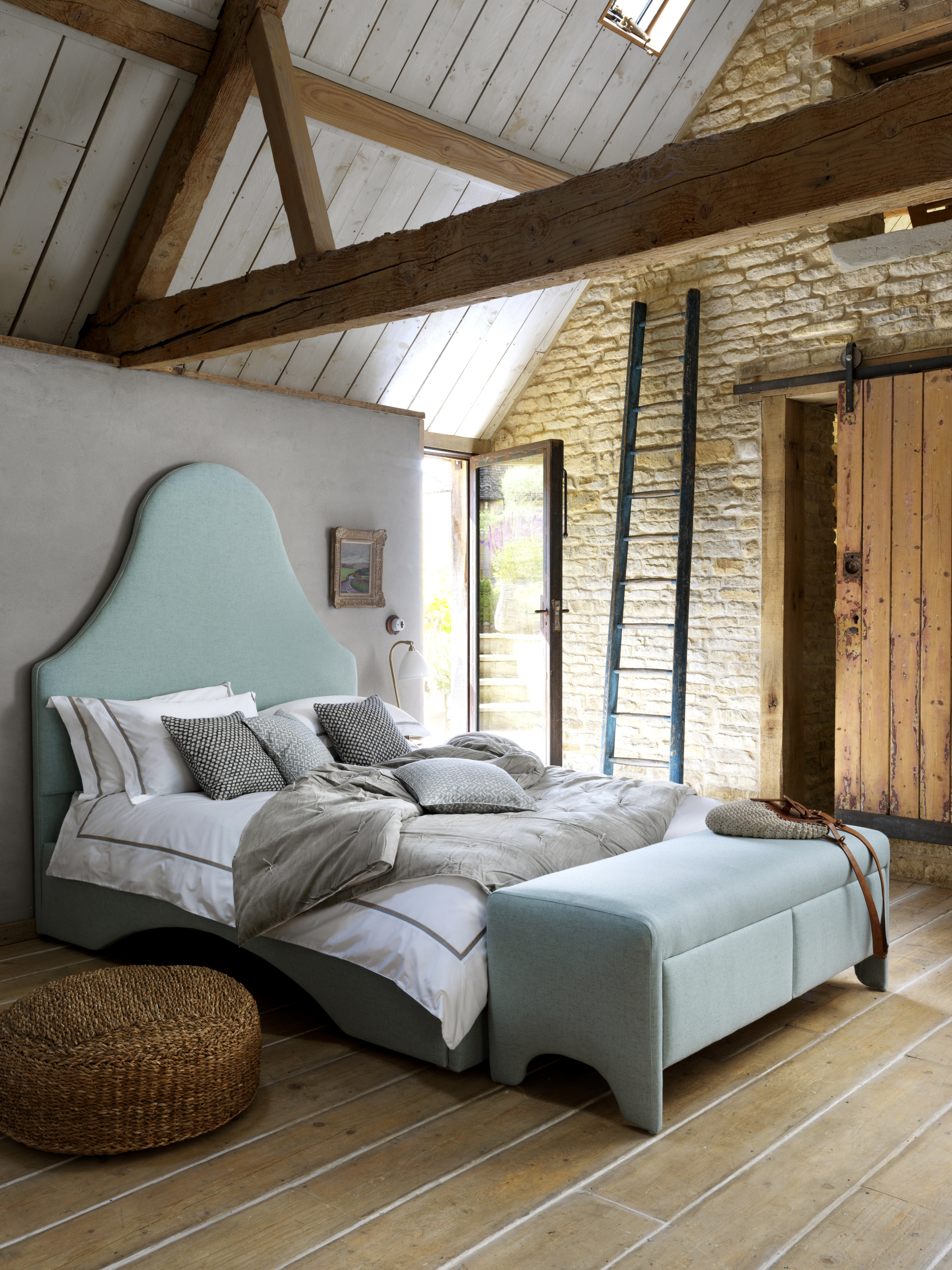
The county of Devon in South West England is big sheep farming country so there is an abundance of local wool on hand. From the outset, they wanted to use natural ingredients to fill beds, headboards, mattresses, pillows, toppers and use organic local lambswool and cashmere, natural mohair, natural latex and organic cotton inside the bedding. It makes the end product more breathable and self-ventilating (and therefore less damp and sweaty).
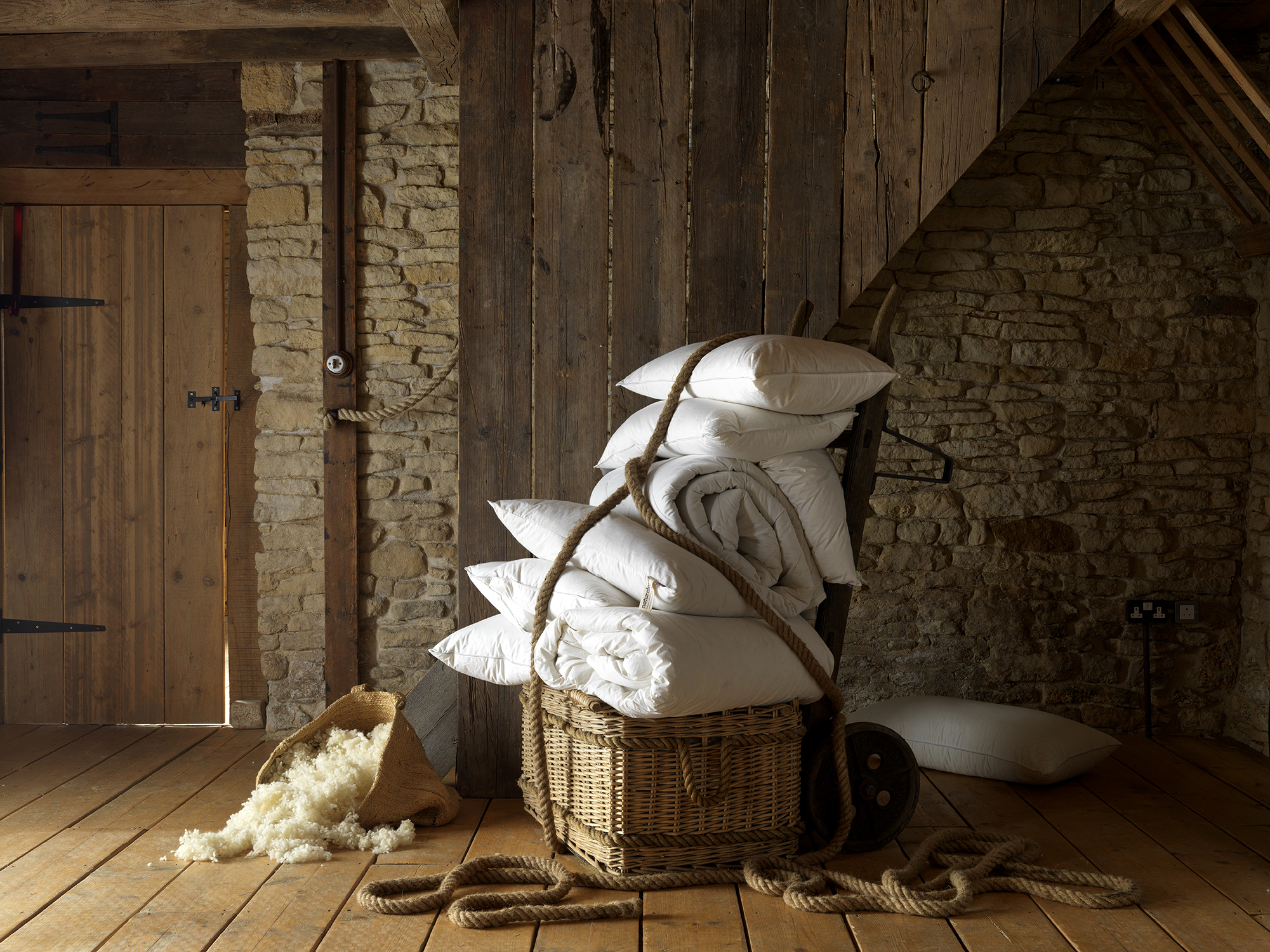
A natural way to sleep
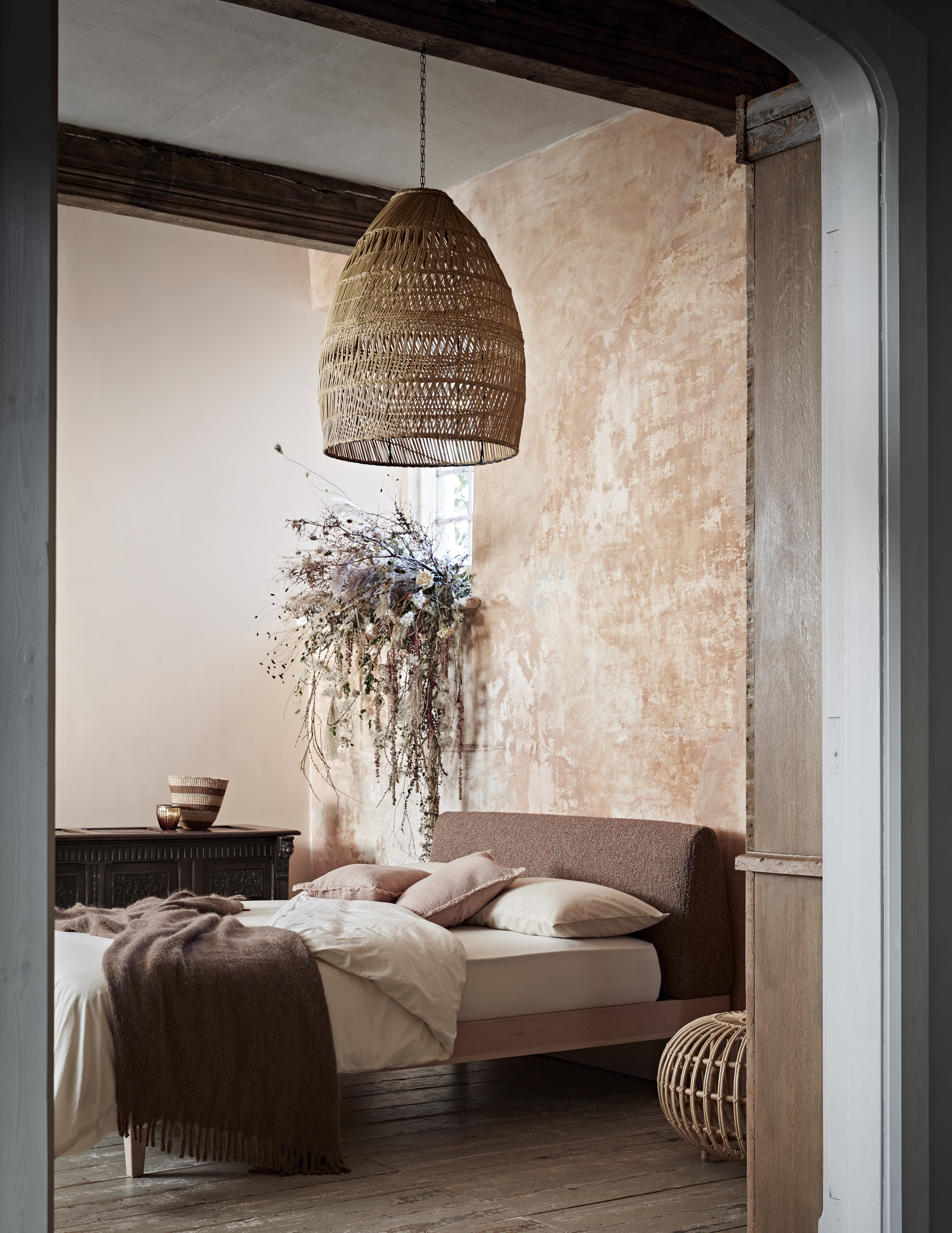
One of the founding principles of Naturalmat is that the sleeping experience can be improved greatly by environmental choices led by nature and recommends natural fibers for the best night’s sleep.
The use of synthetic materials in mattresses has been found to cause an artificial build-up of heat around the body leading to overheating, which is one of the primary causes of sleep disturbance and all-round discomfort in bed. Sleeping on natural fibers has been found to change this.
Wool lies at the core of the business which supports local farmers by buying direct within a 50-mile radius of their HQ that are either recognised by the UK-based Soil Association or the GOTS (Global Organic Textiles Standard).
Coconuts from a certified organic plantation in Sri Lanka form another crucial ingredient with every part of the tree utilized including kernel, shell, husk, trunk, leaves right down to the roots. After picking and de-husking the coconut for food or copra, the precious by-product of husk fibers (otherwise known as coir) is what is used in place of, or alongside, metal springs to provide ventilation and bounce to a mattress.
From boats to babies and beyond

Having established a market for adult-sized beds and mattresses, Mark began to look around at what babies were sleeping on at the time – the result was mostly polyurethane foam. These mats were usually wrapped in non-breathable plastic.
Deciding it wasn’t a suitable option for his own children's nursery, Mark's team set out to make a mattress for the nursery sector. The result was three baby mattresses made from entirely natural materials
They were an almost instant hit. Within two years, 80 perc ent of Naturalmat’s sales came from the nursery market. The collection fuelled the early growth of the company.
Naturalmat USA was established in 2008 and focusses on mattresses and bedding for cribs and children’s beds. Everything is made by hand in Devon and shipped to the US, and elsewhere.
Sign up to the Homes & Gardens newsletter
Design expertise in your inbox – from inspiring decorating ideas and beautiful celebrity homes to practical gardening advice and shopping round-ups.

Arabella is a freelance journalist writing for national newspapers, magazines and websites including Homes & Gardens, Country Life, The Telegraph and The Times. For many years she has specialized in writing about property and interiors, but she began her career in the early 2000s working on the newly launched Country Life website, covering anything from competitions to find the nation’s prettiest vicarage to the plight of rural post offices.
-
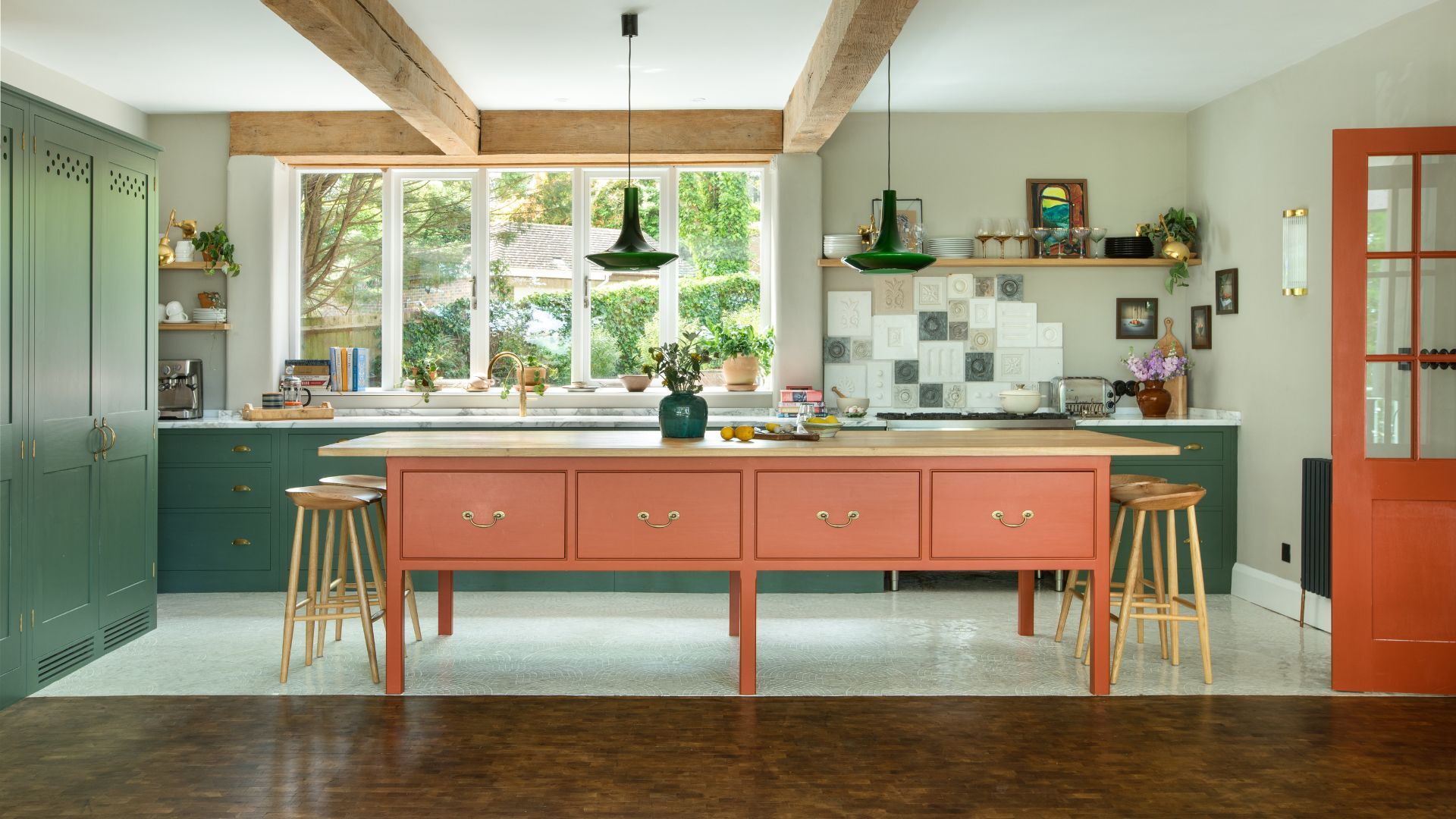 Orange and green is the bold color pairing quietly transforming homes in 2025 – here's 4 reasons why
Orange and green is the bold color pairing quietly transforming homes in 2025 – here's 4 reasons whyInterior designers are making the orange and green combination work wonders – this is how you can too
By Sophia Pouget de St Victor Published
-
 This Michelle-Pfeiffer-approved chair is made of a forebodingly unusual material, opening the debate: Is it a rustic stunner, or a danger to sitters?
This Michelle-Pfeiffer-approved chair is made of a forebodingly unusual material, opening the debate: Is it a rustic stunner, or a danger to sitters?The actress took to Instagram with a chair made of a controversially sharp material – and fans are unsure of how they feel about it
By Sophie Edwards Published